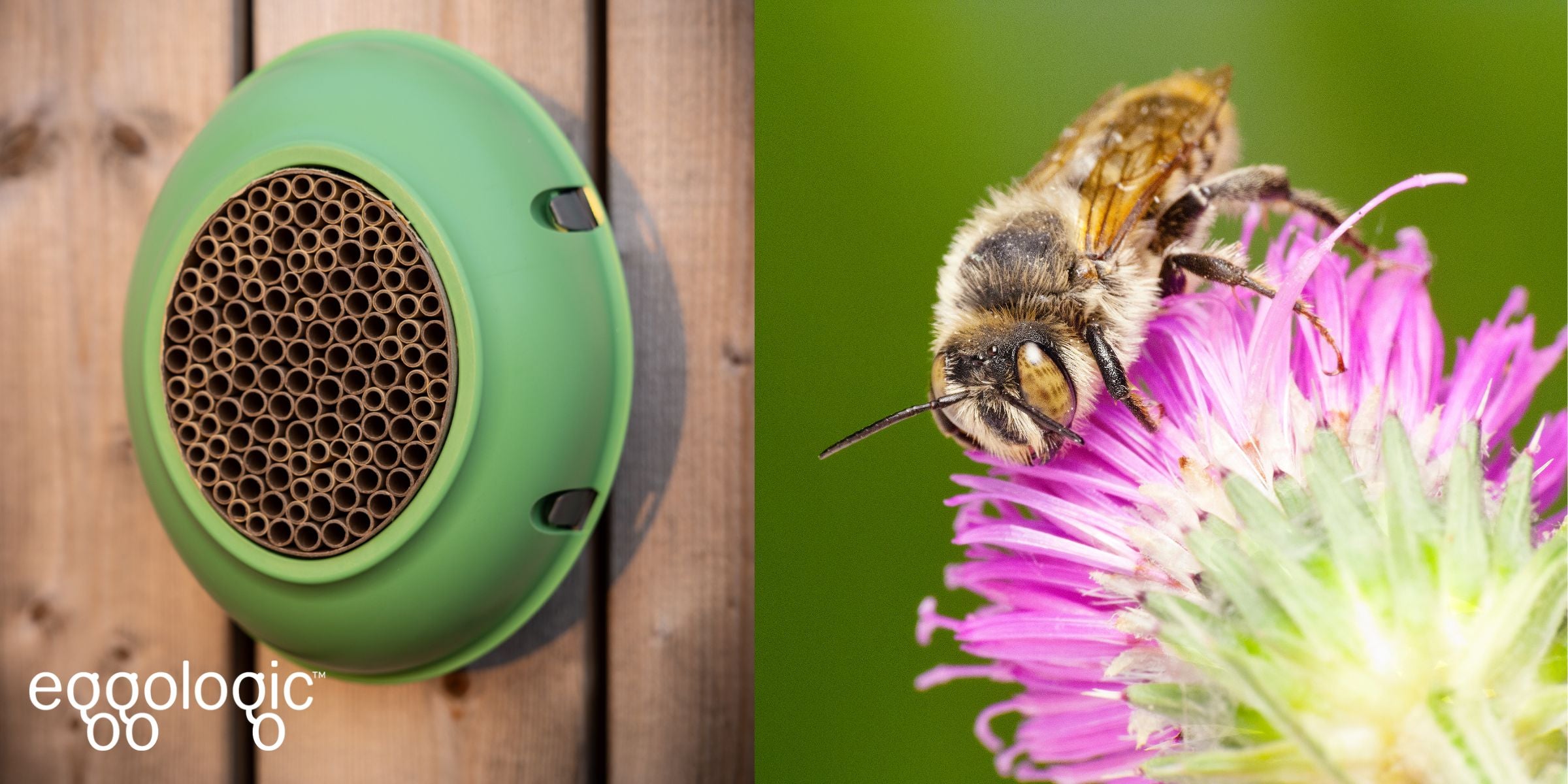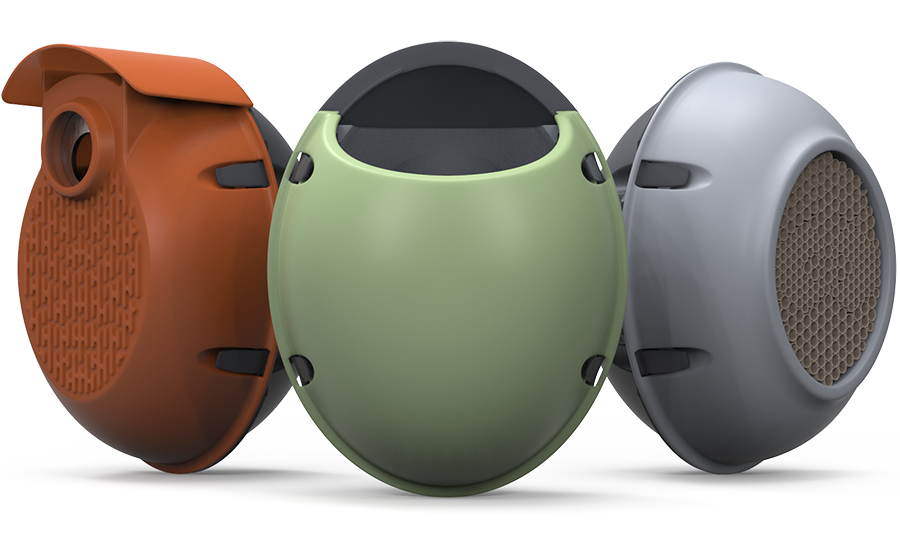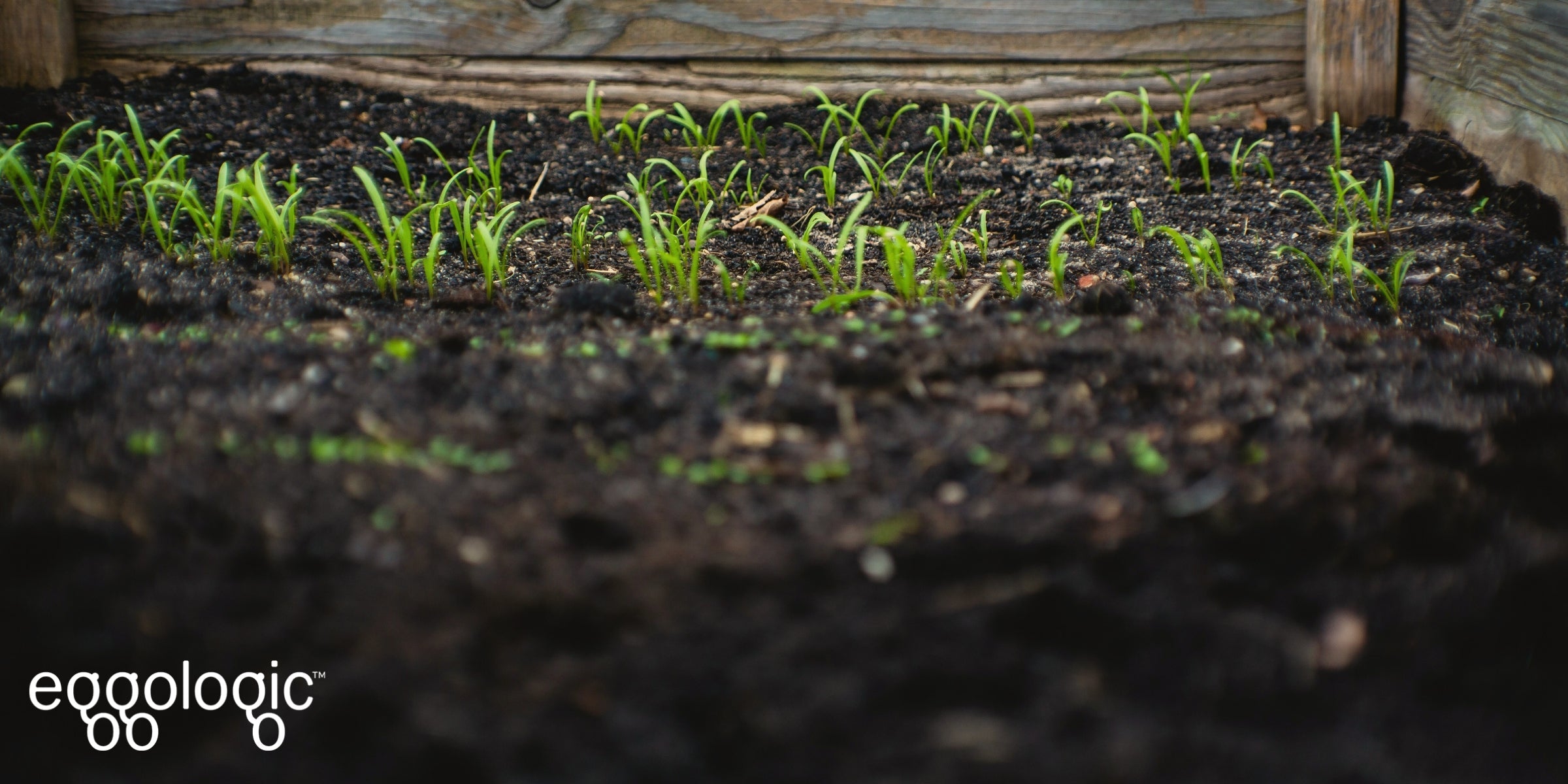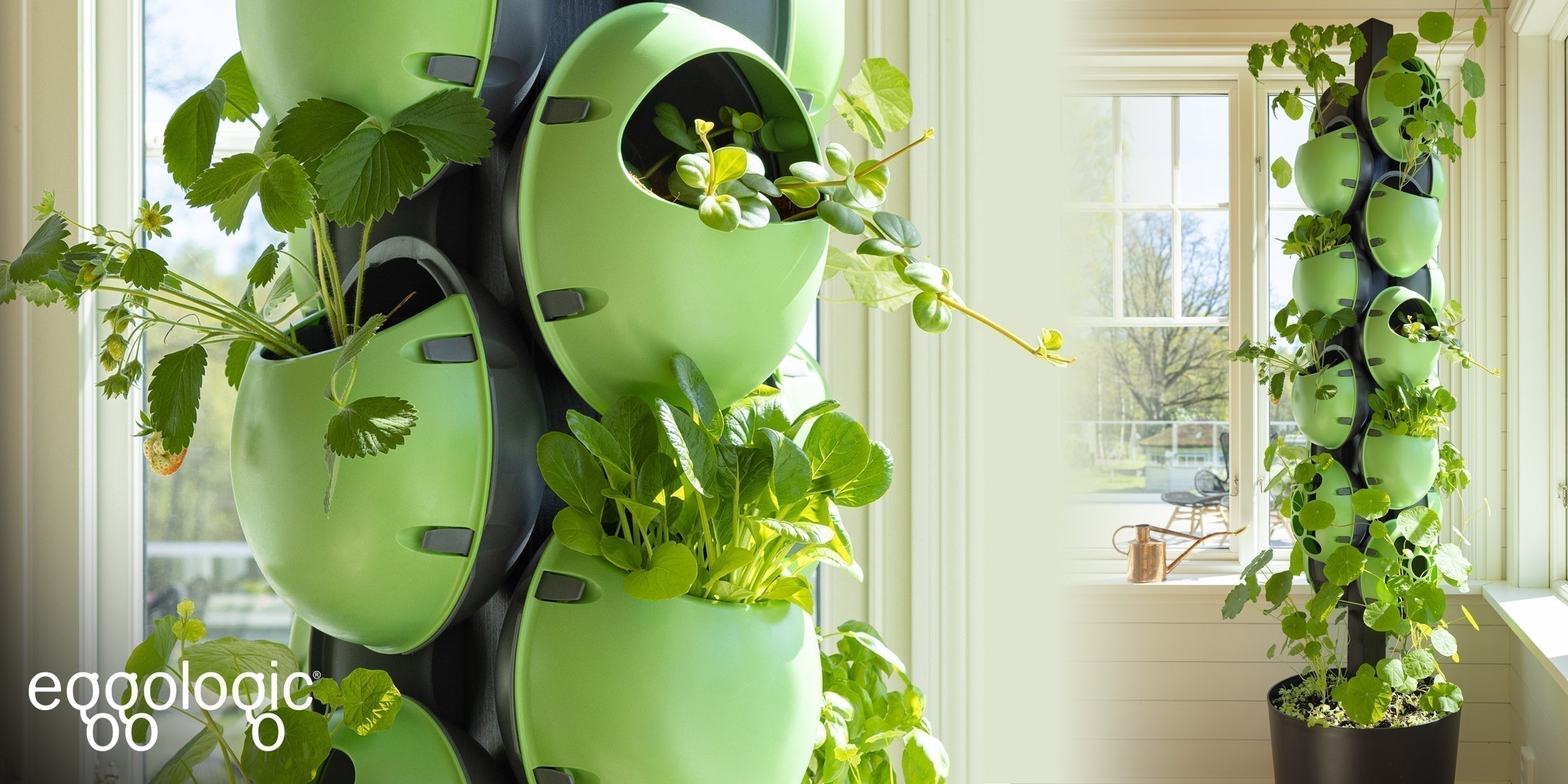
Solitary Bees: The Underrated Pollinator Champions
Nearly 90% of the UK’s bee species are not made up of honeybees or bumblebees, but their underappreciated pollinator cousins: Solitary bees. Unlike honeybees and bumblebees, who live in colonies, solitary bees nest and raise their little ones alone. For their amazing pollination abilities, solitary bees simply do not get enough credit.
We want to change that. Let’s get to know these unsung champions of pollination a little bit better and explore their fascinating lives.
What Are Solitary Bees?
The clue’s in the name. Solitary bees live and raise their brood alone. No “queen” or “worker” bees exist among these pollinators. They fend for themselves, building their own nest in places like underground burrows or cavities in dead wood or walls. Even those solitary species that choose nesting locations close to one another always gather provisions for their own nests.
The life of a solitary bee is short but busy. Male bees typically emerge from their nests in the spring, followed by females. Males die soon after mating, leaving the females to scout for a safe nesting site, build a nest, and lay eggs. The single female bee is also responsible for gathering enough pollen and nectar for the larvae in the nest. Once the eggs are laid, they are left to hatch and develop. Once fully grown, the offspring emerge from their nest in the following spring (or later) - and the cycle repeats.
In the UK, one of the most common solitary bee species you’ll come across are mining bees!
About the Mining Solitary Bee
Ever noticed little volcano-shaped mounds of soil on your lawn? That’s the work of hard-working mining bees. These ground nesters vary considerably in size from 6mm to 17mm long and collect pollen on their hind legs like bumblebees. Tawny Mining bee is one of the early-rising bees. You can spot the females by their large honeybee-size and rusty red coats.
Curious to know more about the solitary bees you’ll see in your garden this year?
Do Solitary Bees Make Honey?
Before we answer this question, let’s understand why honeybees produce honey. Honeybees collect nectar from flowers and use salivary enzymes to convert it into honey. The honey is stored in honeycomb cells in the hive. This honey becomes a source of energy for the entire colony, especially when nectar-giving flowers are hard to find (during colder months).
Solitary bees do not make honey simply because they live alone and forage just enough to keep themselves and their offspring fed. With no supplies of honey to protect, solitary bees are generally less aggressive than social bees. This makes them the perfect pollinators to invite to your garden.
Why Do They Matter?
Solitary bees devote their entire lives to collecting pollen and nectar supplies for their young (larvae). While they may not be as efficient in transporting pollen as social bees, they are certainly better pollinators. This is because honeybees and bumblebees have highly developed pollen baskets on their tiny bee legs and bee bodies, but solitary bees rely on special hairs on their hind legs or the underside of their abdomen to carry pollen.
As it turns out, the hair on the hind legs or the underside is no match for a pollen basket. Because they end up scattering a lot of pollen during their trips, solitary bees are more effective pollinators than social bees! Their smaller size also helps pollinate plants, like carrots and parsnips, which honeybees and bumblebees find difficult to pollinate.
What Do Solitary Bees Need to Thrive?
Of the nearly 270 bee species in the UK, 243 are solitary species. Sadly, their numbers are dwindling due to habitat loss, climate change, and a lack of monitoring and conservation efforts.
Want to help? Here are a few things you can do for solitary bees:
Undisturbed soil: Help ground-nesting mining bees by leaving small patches of bare, pesticide-free soil or banks of peat, clay or coastal soil in a sunny location in your garden.
Deep Cavities: Aerial nesters like leafcutters and mason bees look for pre-existing cavities, like hollow plant stems or holes in dead wead or bee hotels to nest in. Solitary bees place female eggs in the back of the cavity and male eggs closer to the entrance. A tube or hole that’s at least 15 cm in depth will give enough room for females to thrive.
Native Flowering Plants: Native pollinators like solitary bees prefer native plants. Consider growing a series of native flowering plants for continuous access to nectar and pollen from March to September - when the bees are most active.
Solitary bees are small and do not go very far. For them, a nesting site is a home for many generations of bees. Bee babies grow up, often reusing their original nest or choosing to nest close to it. By offering them a safe refuge in your garden, you’re contributing to the growth of the native bee population.
About the Hive Pod
We have poured years into researching and designing the perfect bee hotel for solitary bees. The Eggologic Hive Pod features a tough exterior and a 15cm long replaceable paper tube insert - a comfortable depth to keep harsh weather out while giving plenty of room for female bees at the back to grow.
Everything from setting the pod up to replacing the tube for the new season is as easy as it gets. Unlike wooden bee hotels, the Hive Pod doesn’t mould, making it the perfect, moisture-free habitat for solitary bees and their babies to thrive in. Not to mention that our replaceable inserts and no-mould means the Hive Pod is useful for years to come!
Learn more about the Hive Pod here.





Leave a comment
This site is protected by hCaptcha and the hCaptcha Privacy Policy and Terms of Service apply.